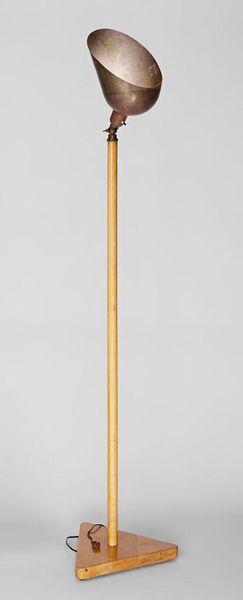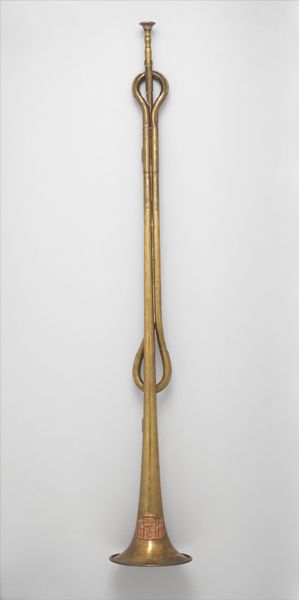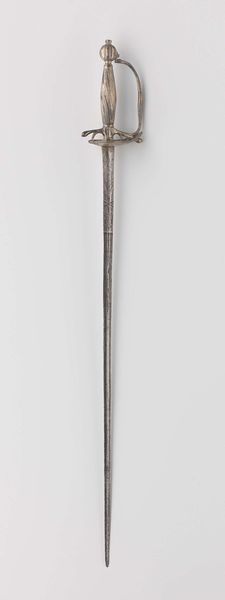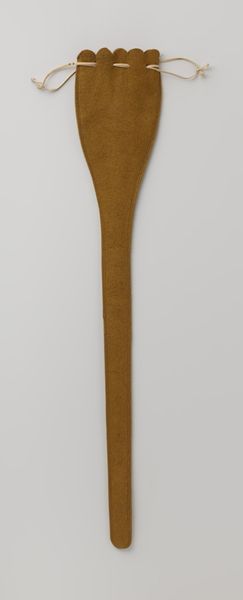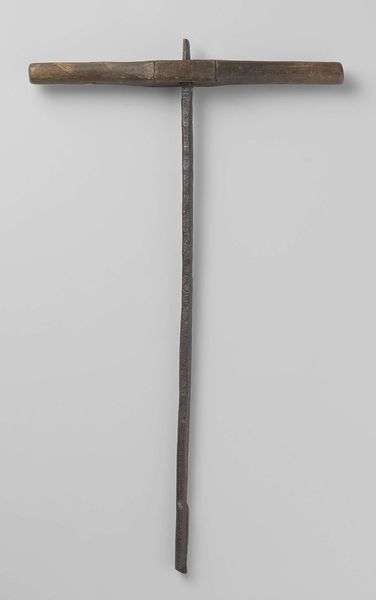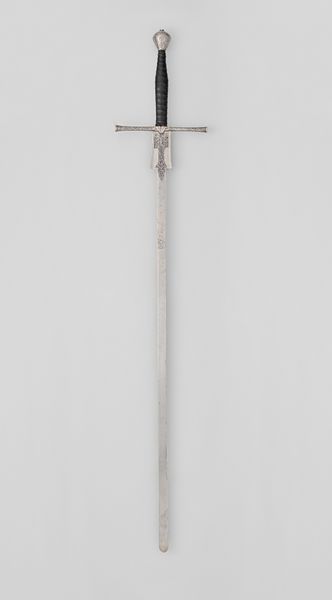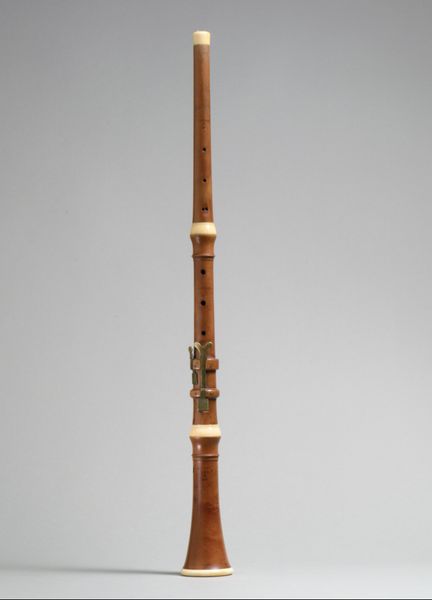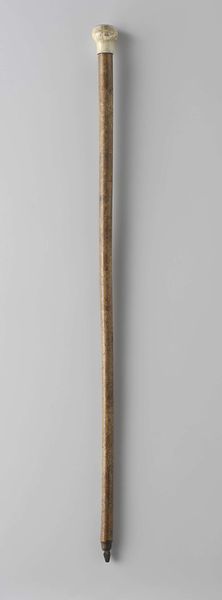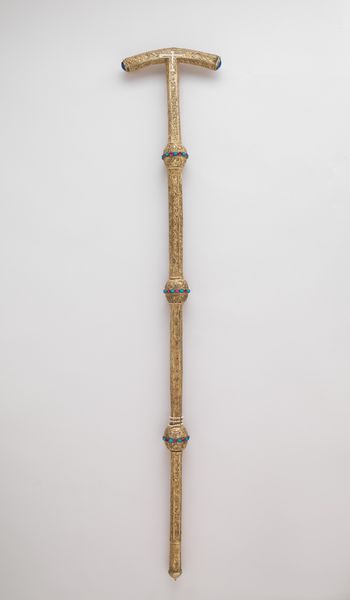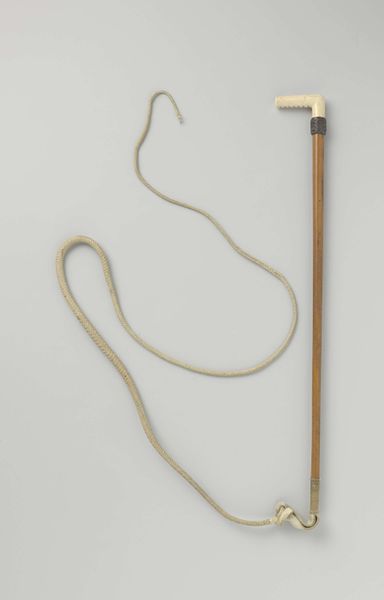
metal, sculpture, wood
#
metal
#
geometric
#
sculpture
#
wood
#
modernism
Dimensions: model height 97 cm, model width 16.5 cm, model depth 15.8 cm, packaging capsule height 101.5 cm, packaging capsule width 22.5 cm, packaging capsule depth 22.5 cm
Copyright: Rijks Museum: Open Domain
This is a model of a time signal made by Petrus van der Loo in the Netherlands. It’s made of wood and metal. But what is a time signal and why would someone make a model of it? In the 19th century, time was becoming standardized, especially in Europe. This was largely driven by the expansion of railway networks. Before the railways, people lived according to local time, but coordinating train schedules meant that time had to be synchronized across regions. Time signals like this one, were installed in railway stations and ports to communicate the correct time, enabling precision and safety. Visual signals like these gradually gave way to telegraphic signals. The study of these technologies is important for historians, because it reveals how social and economic changes influenced everyday life. Researching the history of railway and telegraph systems helps us understand how technology shapes the very fabric of society.
Comments
No comments
Be the first to comment and join the conversation on the ultimate creative platform.
